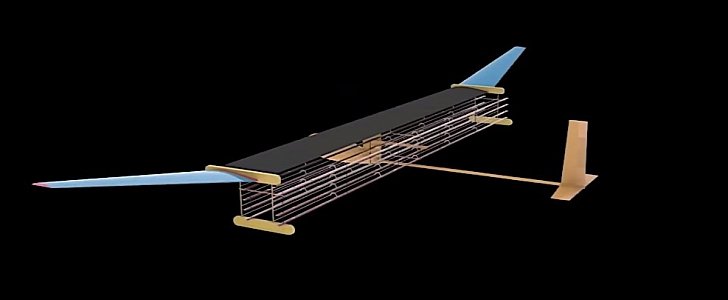Have you ever seen a paper airplane soar to the sky? Have you ever used a kite, or a parachute, anything that can perform sustained flights without the need for moving mechanical parts?
Exciting as they are, a paper airplane or a parachute can do little to advance the field of aeronautics. Because, after all, they are only pieces of material floating with the current. But what if a machine could use wind not only to float, but also to move forward, meters or more from the ground or sea?
Way back at the beginning of the previous century, humans discovered that when a voltage is applied to two electrodes, the air between them starts moving, generating wind through a process that has something to do with electric fields. When enough wind is generated, thrust can be produced to propel forward whatever it is the electrodes are attached to.
The wind generated this way is called ion wind and in theory could allow any objects with no moving parts to fly on their own device.
It is exactly this principle which was tested earlier this month by engineers at MIT, who tried to see whether a five meter long aircraft weighing two kilograms could stay airborne using this principle.
And it can. According to The Next Web, the engineers were capable of converting 2.6 percent of the contraption’s input energy into thrust, which translated into a flight time of only ten seconds and a distance of about 60 meters.
Not at all impressive, but when you come to think of it, the Wright brothers only managed to stay in the air for 12 seconds on their first attempt. So who knows where this new technology might lead.
Below is a video of the short flight conducted by MIT, along with additional details provided by MIT’s Steven Barrett, who envisions a future where planes will glide through the air without making noise, just like in sci-fi movies.
Way back at the beginning of the previous century, humans discovered that when a voltage is applied to two electrodes, the air between them starts moving, generating wind through a process that has something to do with electric fields. When enough wind is generated, thrust can be produced to propel forward whatever it is the electrodes are attached to.
The wind generated this way is called ion wind and in theory could allow any objects with no moving parts to fly on their own device.
It is exactly this principle which was tested earlier this month by engineers at MIT, who tried to see whether a five meter long aircraft weighing two kilograms could stay airborne using this principle.
And it can. According to The Next Web, the engineers were capable of converting 2.6 percent of the contraption’s input energy into thrust, which translated into a flight time of only ten seconds and a distance of about 60 meters.
Not at all impressive, but when you come to think of it, the Wright brothers only managed to stay in the air for 12 seconds on their first attempt. So who knows where this new technology might lead.
Below is a video of the short flight conducted by MIT, along with additional details provided by MIT’s Steven Barrett, who envisions a future where planes will glide through the air without making noise, just like in sci-fi movies.







